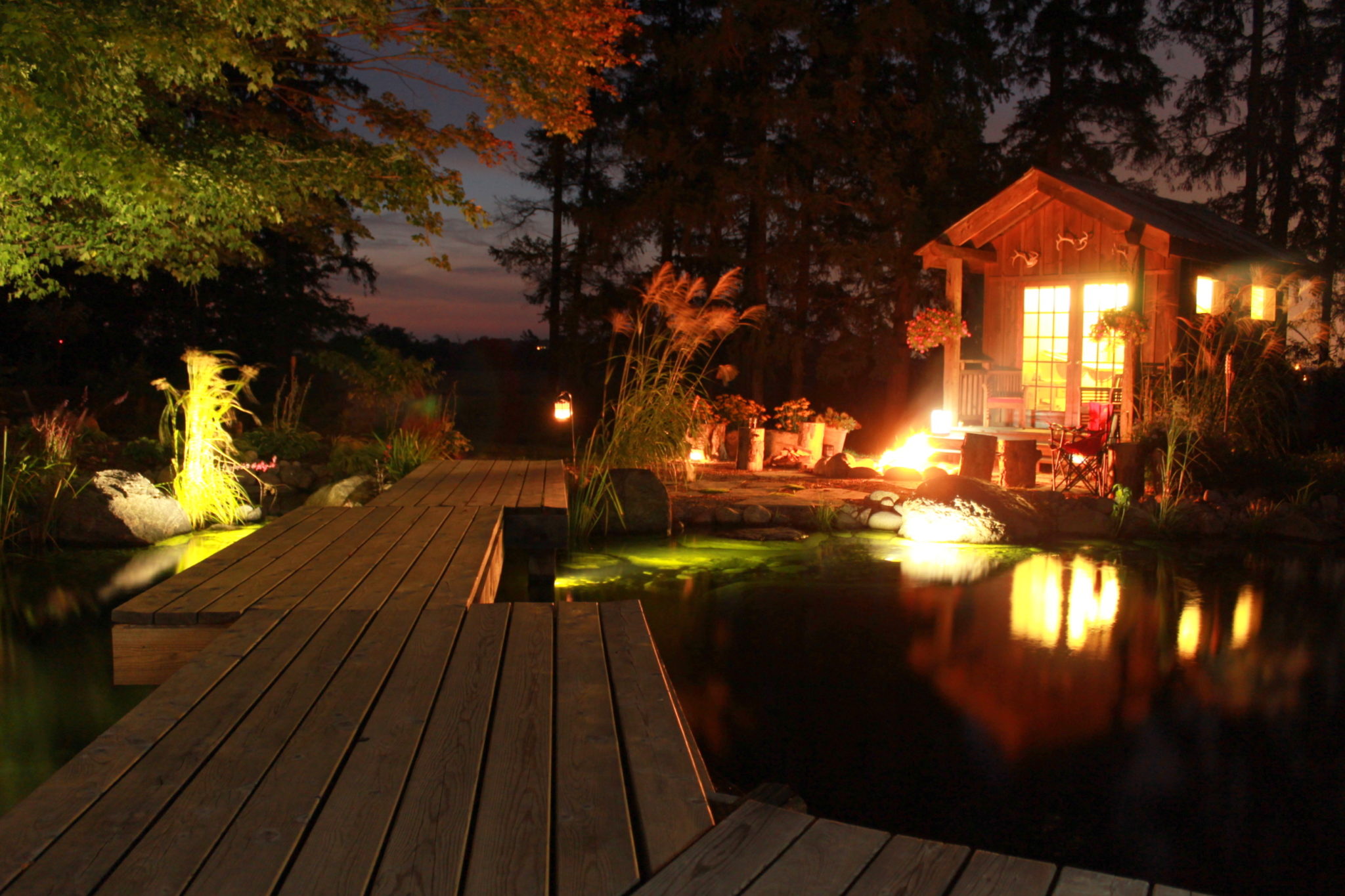Sustainable landscape design: what does it mean?

The word “sustainability” may be relatively new, and quite frankly overused, but its underlying ethic has deep roots on the North American continent. Native Americans have historically held to the “seven generations” rule, meaning that all decisions should take into account the impact on seven generations into the future.
Well aware that people have the power to manipulate the world around them, Native Americans use their ceremonies and traditions to help them to maintain respect for life and to remind them that, as one Native American proverb puts it, “We do not inherit the earth from our ancestors, we borrow it from our children”.
Another strand of sustainable resource use can be traced back more than a hundred years to Gifford Pinchot, the first head of the U.S. Forest Service. Pinchot coined the term: Conservation Ethic and his philosophy: “To provide the greatest amount of good for the greatest amount of people in the long run” infused the fledgling agency.
Today, the stated mission of the Forest Service is to:
Sustain the health, diversity, and productivity of the nation’s forests and grasslands to meet the needs of present and future generations.
– Sustainable Sites Initiative
So, what is sustainable?
What activities, pursuits, and developments meet the needs of the present without compromising the ability of future generations to meet their own needs? This really is an elusive question and an ambiguous word. We don’t completely know how much energy and resources we can use today while still leaving enough for those who will follow. What is ‘enough’, for how many, and at what level of consumption? Maybe a better term is ‘low impact’, ‘less demanding’, or even ‘resource sensitive’. Whatever the phrase one thing is clear, as North Americans we need to re-learn how to use less of nearly everything in our daily lives.
Sustainable Sites Initiative
Pinterest – Hardscapes
Pinterest – Native Plants
What does this mean for a landscape?
Less water, less fuel, less fertilizer, and less energy in general for starters. This can be achieved in a number of ways:
- reducing lawn and hard surface areas
- using drought tolerant and native plantings
- installing permeable or green driveways
- rain gardens & bio-swales
- tracking down reclaimed and built to last materials for hardscape and wood work projects
- bringing life to your soil with natural and organic products
- sourcing local materials to the greatest extent possible
- operating electric & battery powered maintenance equipment
- the list goes on!
There are great things being done in this field, and a low impact landscape is achievable, but the work has really just begun. Take a look at Sustainable Sites Initiative or feel free to contact us for further information.
